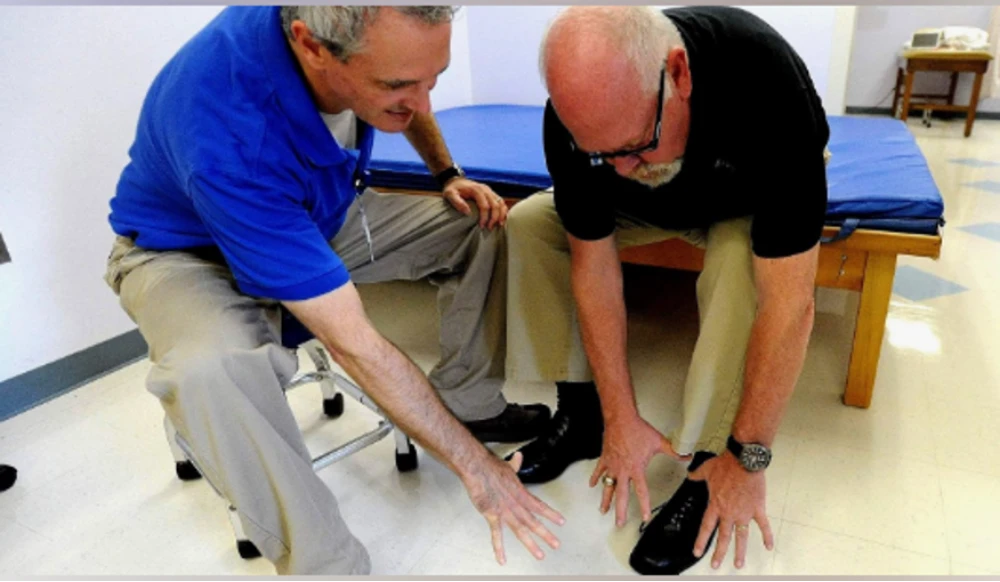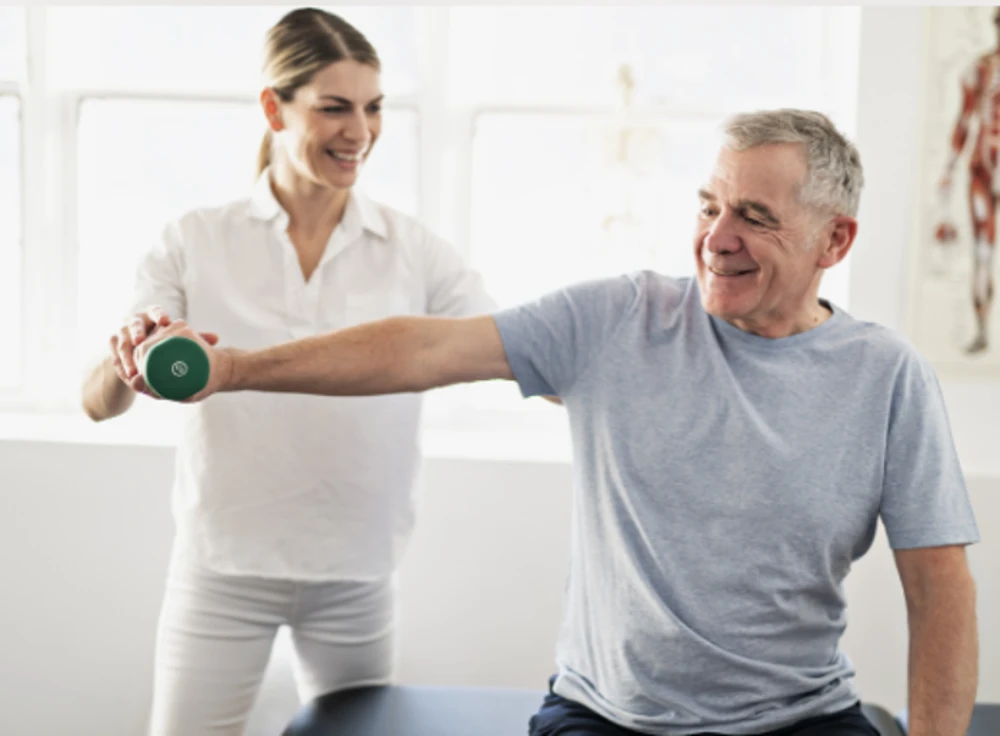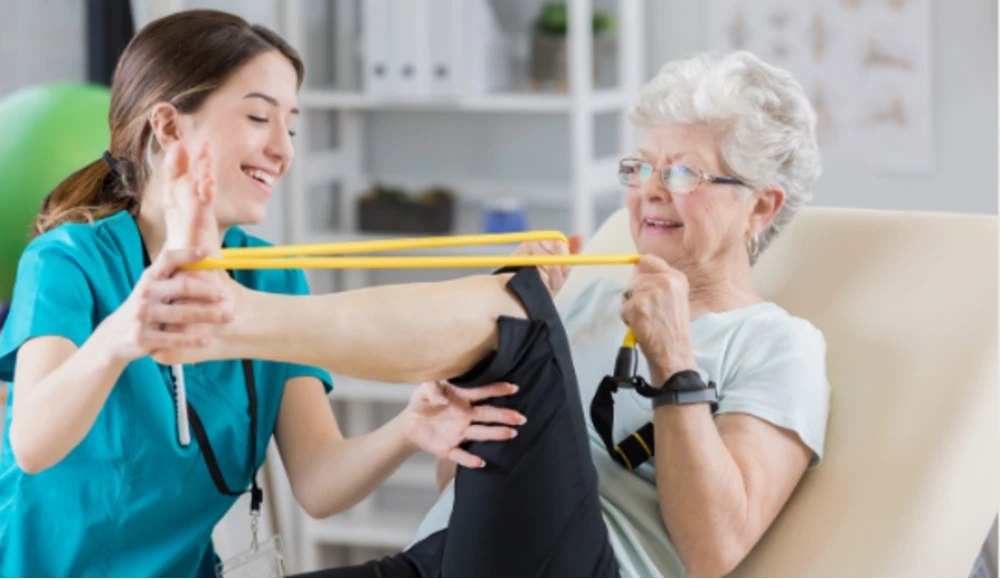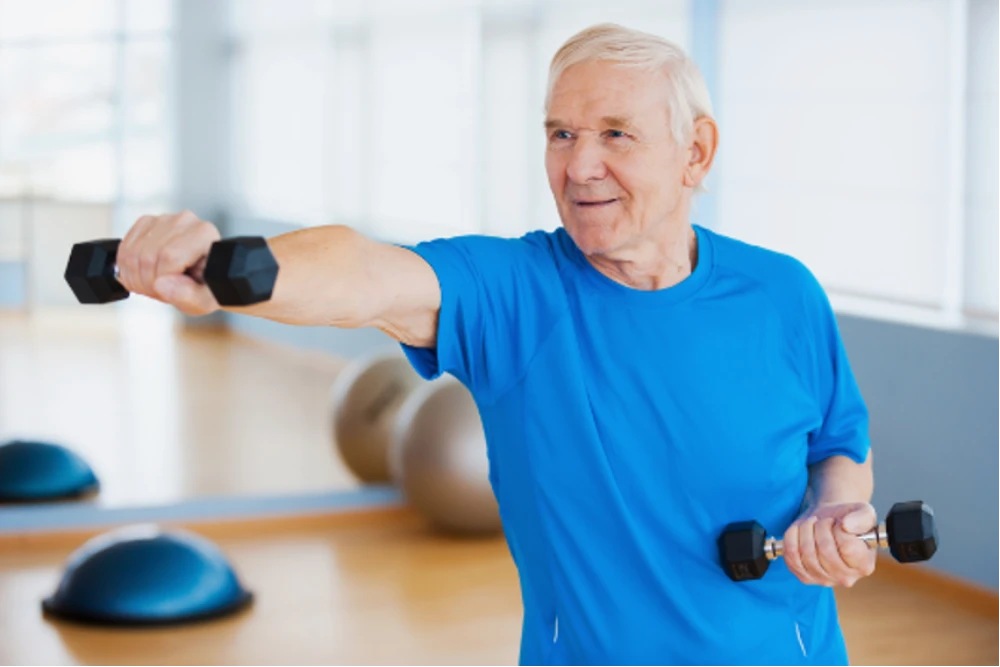Parkinson’s disease is a major problem that affects millions of people globally due to its paralyzing symptoms. Exercises for rehabilitation, offer hope despite the complexity of this ailment. In this article, we examine the critical function that parkinson’s rehabilitation West Vancouver exercises play in controlling Parkinson’s symptoms and enhancing the general quality of life for those who are coping with this neurological illness.

Understanding Parkinson’s Disease
Parkinson’s disease is a degenerative neurological condition marked by the death of brain neurons that produce dopamine. Motor symptoms resulting from this dopamine deficiency include bradykinesia, stiffness, tremors, and postural instability. The management of the condition is further complicated by the presence of non-motor symptoms that frequently coexist with motor manifestations, such as mood disorders, autonomic dysfunction, and cognitive impairment.
The Impact of Parkinson’s on Mobility and Function
One of the main features of Parkinson’s disease is its profound impact on mobility and function. Individuals with Parkinson’s often experience difficulties with walking, balance, coordination, and activities of daily living (ADLs). These challenges not only compromise their physical independence but also contribute to a decline in their overall quality of life.
The Role of Rehabilitation in Parkinson’s Management
Rehabilitation shows promise when faced with the incapacitating symptoms of Parkinson’s disease. Several parkinson’s rehabilitation exercises are included in rehabilitation, which is intended to help people with Parkinson’s disease maximize their function, increase their mobility, and improve their general quality of life. A multipurpose strategy that includes physical therapy, occupational therapy, speech therapy, and other specialized interventions, catered to each patient’s specific needs is the cornerstone of Parkinson’s rehabilitation.

Parkinson’s Rehabilitation Exercises: Physical Therapy
The foundation of Parkinson’s disease rehabilitation is physical therapy, which aims to enhance balance, strength, flexibility, and mobility. Physical therapists assist people with Parkinson’s disease in regaining lost function, reducing falls, and improving their general mobility and independence through a range of activities that focus on these areas including:
· Balance and Gait Training
Parkinson’s disease frequently impairs walking and balance, which raises the possibility of falls and injury. Parkinson’s disease physical therapy exercises include many activities, like stepping, obstacle courses, and weight shifting, to increase gait stability and balance. This lowers the chance of falls and improves safety when moving around.
· Exercises for Strength and Flexibility
Parkinson’s disease is often accompanied by muscle weakness and stiffness, which can cause problems with posture and movement. While flexibility exercises like stretching routines support joint mobility and range of motion, strength training exercises, such as resistance training and weight-bearing activities, help develop muscular strength and endurance.
· Exercises for Coordination and Functional Mobility
Parkinson’s disease frequently affects functional mobility and coordination, making daily tasks difficult to do. Exercises that focus on coordination, like reaching, gripping, and lifting, are used by physical therapists to enhance functional abilities and encourage independence in daily living activities.
Parkinson’s disease leads to motor and non-motor symptoms, affecting mobility and daily life. Rehabilitation, particularly physical therapy, improves balance and coordination to enhance quality of life.
Parkinson’s Rehabilitation Exercises: Occupational Therapy
By addressing the functional consequences of Parkinson’s disease in activities of daily living (ADLs) and fine motor abilities, parkinson’s occupational therapy exercises support physical therapy. Occupational therapists collaborate closely with Parkinson’s patients to create customized plans and modifications that maximize their capacity for meaningful activities and promote independence.
· Activities of Daily Living (ADL) Training
Parkinson’s frequently makes it difficult to carry out necessary ADLs including feeding, dressing, and grooming. Occupational therapists assist people with Parkinson’s disease in regaining and maintaining their independence in these vital areas of daily functioning by using task-specific training and adaptive approaches.
- Development of Fine Motor Skills
Writing, typing, and object manipulation are among the activities that are impacted by the frequent impairment of fine motor skills, particularly hand dexterity and coordination, in Parkinson’s disease. Occupational therapists use a range of exercises to improve fine motor skills and foster functional independence. These exercises include finger dexterity drills, hand strengthening, and hand-eye coordination exercises.
· Cognitive Rehab
One prevalent non-motor symptom of Parkinson’s disease that affects memory, attention, and executive function is cognitive impairment. To improve cognitive capacities and lessen the symptoms of cognitive decline, occupational therapists provide cognitive rehabilitation exercises, such as memory games, problem-solving tasks, and concentration exercises, to people with Parkinson’s disease.
speech therapy exercises for adults after stroke
Benefits of Parkinson’s Disease Physical Therapy Exercises
Cognitive impairment is a common non-motor symptom of Parkinson’s disease that impacts executive function, memory, and attention. Occupational therapists give patients with parkinson’s disease physical therapy exercises, such as memory games, problem-solving exercises, and concentration exercises, to enhance cognitive skills and reduce the symptoms of cognitive decline.

Read more: A guide to effective walking rehabilitation
Incorporating Exercises into Daily Routine
When it comes to Parkinson’s disease rehabilitation activities, consistency is essential. Through the incorporation of these exercises into regular activities and lifestyle choices, people with Parkinson’s disease can optimize their therapy outcomes and sustain sustained improvement. Family members and caregivers also play a key role in offering assistance and motivation during the rehabilitation process.
Occupational therapy for Parkinson’s focuses on daily tasks and fine motor skills. Therapists customize plans to aid in activities like dressing and improving hand dexterity, with support from family and caregivers playing a vital role.
Challenges and Considerations of Parkinson’s Rehabilitation Exercises
Even while rehabilitation activities are incredibly beneficial, people with Parkinson’s disease may experience difficulties with them, including discomfort, exhaustion, and cognitive impairments. Healthcare professionals must design exercise regimens that are specific to the needs and capabilities of each patient. They must also keep an eye out for changes in the course of the disease and modify their interventions as necessary.

Conclusion
To sum up, parkinson’s rehabilitation exercises are essential to inclusive care for those with this difficult illness. Parkinson’s patients can overcome the limitations placed on their lives by their illnesses by adopting a multidisciplinary approach that includes both physical and occupational therapy interventions. We can make progress toward a better future for Parkinson’s patients everywhere by pursuing more research and advocating for them.
To book an appointment for massage therapy , Vancouver Physiotherapy , etc., contact us on the website.
stroke pt exercises
Parkinson’s Rehabilitation Exercises in West Vancouver Clinic
Parkinson’s rehabilitation activities at the West Vancouver Clinic are a ray of hope for people facing the difficulties associated with this neurological disease. Utilizing a multipurpose strategy that incorporates occupational therapy, physical therapy, and specialized therapies, the clinic provides patients with Parkinson’s disease with individualized rehabilitation programs that maximize function, increase mobility, and improve overall quality of life. Individuals focus on individualized care and support while performing a range of exercises targeted at improving balance, strength, coordination, and functional mobility under the supervision of qualified therapists. Do not hesitate to call us today to set up a session at your convenient time.